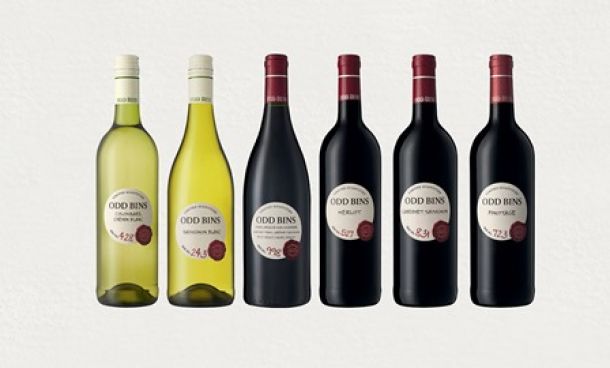Sanity prevails — new-look range is clearly branded Bellingham
Bellingham is one of the oldest names in modern Cape wine. The Franschhoek property was established in 1693, which is not significantly different from many of the estates of Constantia and Stellenbosch. However, its importance is less about distant history, and more its role in developing an emerging wine-drinking class in the second half of the 20th century.
Until the 1960s, the bulk of the fruit of Cape vineyards landed up in brandy or fortified wine. Only a tiny percentage of the grapes went into making table wine. It’s an indication of how small the market was that the total production of the legendary 1945 Zonnebloem Cabernet was 1,000 cases and this amount was destined to supply the trade for a couple of years.
These were the somewhat unprepossessing prospects that greeted Bernard and Fredagh Podlashuk when they launched Bellingham wines after the Second World War. Over a couple of decades, they came to claim an important share of the market, and also contributed substantially to its growth: among their innovations was the country’s first Rosé, the first popular dry white wine (Bellingham Premier Grand Cru), the first varietal shiraz. (Less memorable, but no less important, was the vast commercial success of Bellingham Johannisberger, with its unique bottle and a flavour profile aimed at seducing into the wine market consumers who found most wines unacceptably tart).
The history of Bellingham since the Podlashuk era has been a little like the Proteas cricket team: visibility coupled with palpable success, but no breath-taking moments on the podium. There have been some exceptional wines, and the range as a whole offers extraordinary value.
The problem has been more one of marketing than wine-making, as successive managers have tried to create a selling proposition that distances the brand from its slightly-too-popular 1960s image. The latest (but one) incarnation of this confusion was the "Ancient Earth" range and something called the "Tree Series". You could be forgiven for thinking that the one word they never wanted to see in bold on the label was Bellingham.
Happily, sanity is beginning to prevail. A new-look range has just been launched and — amazingly — the wines are all clearly branded "Bellingham". No geological or arboricultural allusions. A finely drawn visual of the homestead (a national monument) lets you know it’s the "Homestead" range comprising four varietal wines — sauvignon blanc, chardonnay, pinotage, and shiraz. For the first time in Bellingham’s modern incarnation, it has been packaged as a proper wine brand.
On its own, this is meaningless unless the contents of the bottles live up to the designer’s message. Here is where there was no need for improvement. Niel Groenewald has been making fine wines for years. Almost without exception, they have overdelivered at the price points. Some of the wines, most notably those in The Bernard Series, have won significant awards in both domestic and international competitions: he is clearly a worthy successor to Bernard Podlashuk.
As for the current offering in the new-look Bellingham bottles: the Sauvignon Blanc is zesty and dry, with tropical rather than green aromas giving real dimension to the freshness. The Chardonnay has been elegantly oaked, so there is just the right amount of tannic grip — coupled with vanilla whiffs — to lift the lime-citrus of the fruit. The Shiraz has the richness to satisfy those who seek the textural density of the southeastern Australian style, and the pepperiness to meet the expectations of consumers who like the spiciness of the northern Rhone. The Pinotage delivers dollops of attractive red fruit, a hint of earthiness on the palate and ample vinosity and complexity on the finish.
In short, they are all classically styled and carefully made, worth significantly more than about R65 the whites, and about R75 the reds will appear on shelf for: value-for-money that Bernard and Fredagh Podlashuk would have celebrated, but a marketing strategy whose wisdom they might have doubted.
News Category
- International retailers
- On the move
- Awards and achievements
- Legislation
- Wine and liquor
- Africa
- Going green
- Supplier news
- Research tools
- Retailer trading results
- Supply chain
- Innovation and technology
- Economic factors
- Crime and security
- Store Openings
- Marketing and Promotions
- Social Responsibility
- Brand Press Office
Related Articles

Makro secures exclusive rights to SA’s most sou...

Checkers adds 41 new wines to Odd Bins range

With petrol at almost R20 a litre, food prices ...

Petrol price shocker for South Africa


